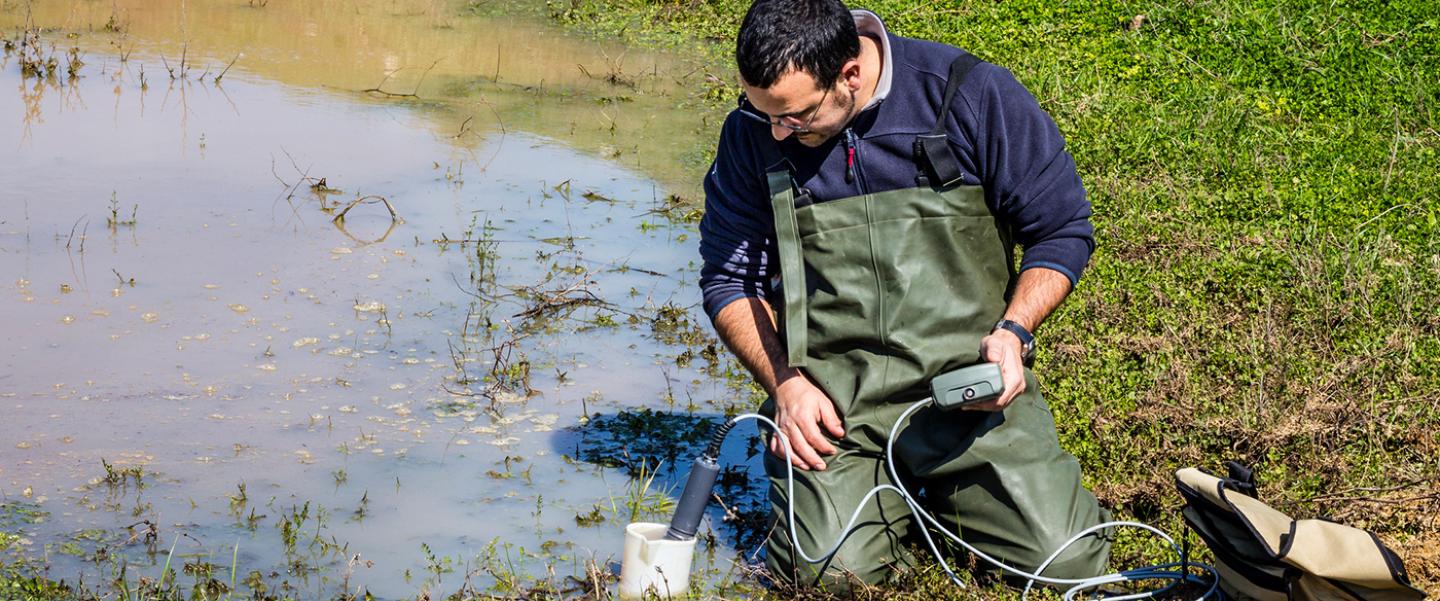HIGHLIGHTS
- Quantifying the damage cooling plants cause isn’t easy.
- Abt developed detailed quantitative fishery models of the plants’ impacts.
- Abt’s assessments can inform and improve rulemaking activities.
The Challenge
Power plants’ cooling systems often are located along coastal waterways and use large amounts of water from oceans, bays and estuaries. As millions of tiny aquatic organisms in the water such as fish eggs and larvae pass through the power plant, the heat or physical stress kill them. Larger organisms don’t make it through screens on the cooling water intake but are crushed. Quantifying this damage isn't easy.
The Approach
Abt developed detailed quantitative fishery models of the impact of cooling plants as part of U.S. Environmental Protection Agency (EPA) rulemaking activities under the Clean Water Act. Abt developed standardized estimates of total regional loss rates based on a large volume of data. We included observed loss rates, a detailed set of life-history characteristics of affected species, and recreational and commercial exploitation rates.
The Results
Regulators can use the results of this study to interpret loss rates and assess their ecological significance. Use of demographic models helps put losses of eggs and larvae in context. The results also may help regulators define acceptable levels of uncertainty in future studies. Finally, the results can help guide and prioritize future data collection efforts to improve the reliability of impact assessments. The assessments, in turn, can inform and improve rulemaking activities.
